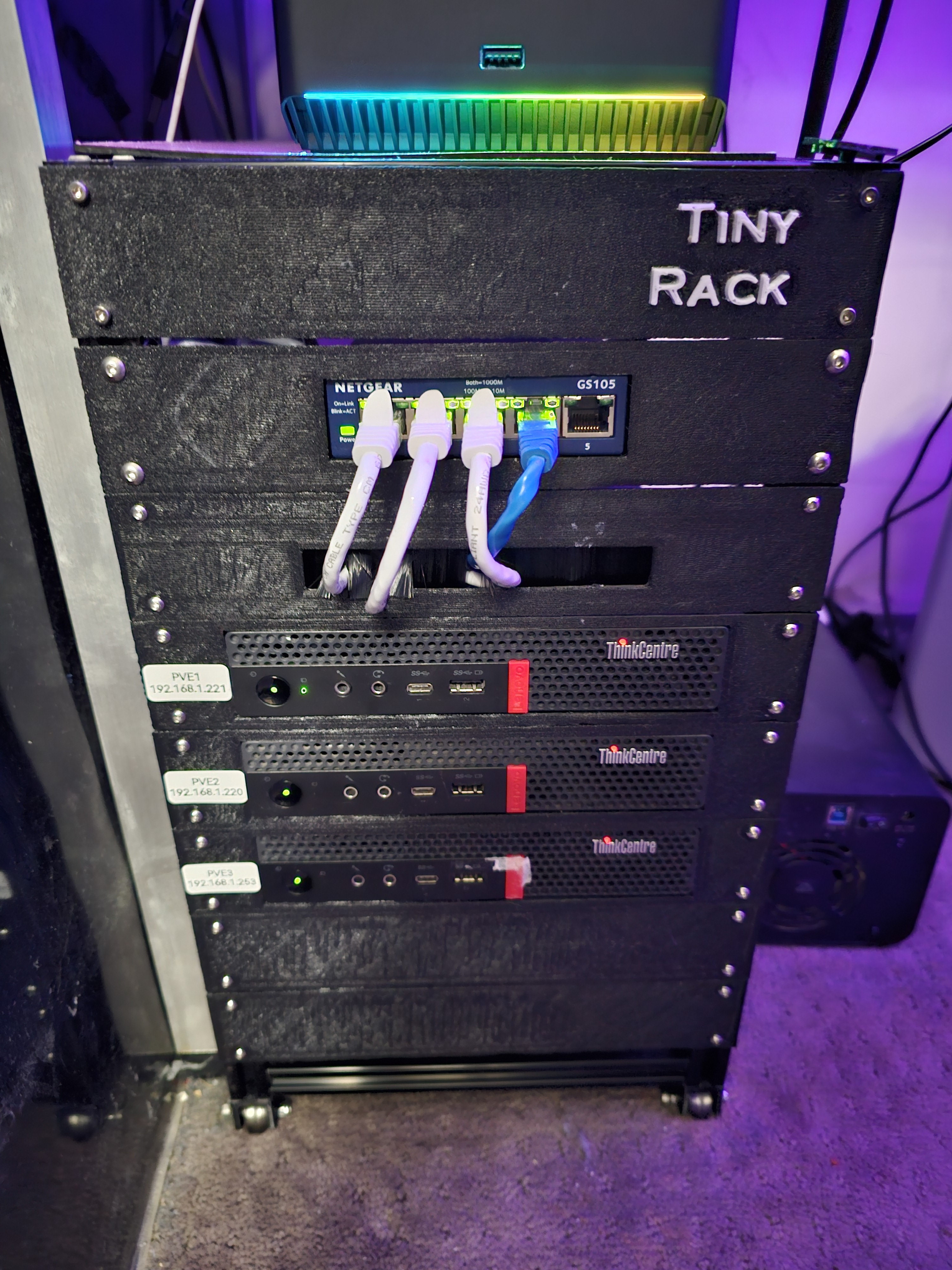It’s a shitty situation that’s causing mods and users alike a lot of frustration and might be a bit before it’s sorted.
Unfortunately I think this is something that will need to be dealt with Federation wide before it’s under control… But even then it’ll still add a lot of extra ongoing work to the mods of instances and communities just to clean up anything that gets through




For a bit of context for those not too familiar with CDN stuff. My web server hosts about 20 small business websites. None are heavy on images or video or anything else. Most sites have well under 1k visitors a day, some are under 100.
Each month CloudFlare CDN saves me between 40-60gb of traffic which is nothing my server couldn’t handle, but over a year is ~600gb in saved data so it adds up
If you had a Lemmy instance with even just 100 active users, with all the images and videos and all the federated background communications, that would add up extremely quickly.